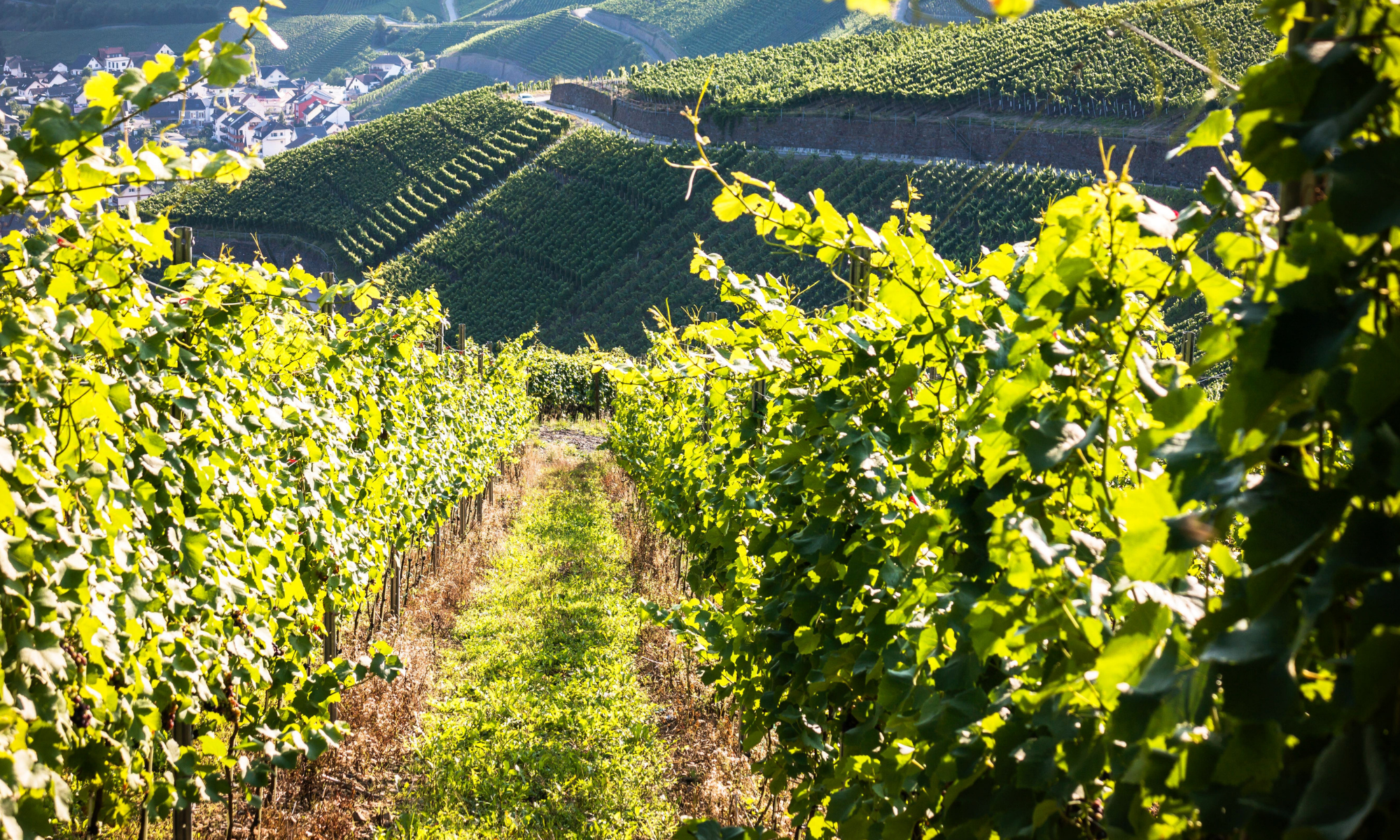At Growing With Science blog today we are looking up at the night skies for the Lyrid Meteor Shower and also reading Just Right: Searching for the Goldilocks Planet by Curtis Manley and illustrated by Jessica Lanan.

Just Right introduces young readers to idea that planets exist outside our solar system while at the same time exploring the things that make the Earth special.
Although “Goldilocks” in the title might give you the idea that this is a work of fiction, it is actually well-researched, detailed nonfiction. Readers learn about exoplanets, telescopes, the magnetic field, and much more.
What really makes the book work is that readers are guided on their path to discovery by a young girl who is shown in most of the illustrations (see the cover). As she moves on her journey from a park through a visit to a planetarium and back home to look at the night sky, the illustrator creates a story line that children relate to and understand. This is picture book nonfiction at it finest.
Just Right is guaranteed to thrill budding astronomers. It is also perfect for units on planets or space. Look up a copy today!

Copyright © 2019 Roberta Gibson All Rights Reserved.






 The Moonflower is back in print, newly revised, and as gorgeous as ever.
The Moonflower is back in print, newly revised, and as gorgeous as ever.







 Seashells: More Than A Home
Seashells: More Than A Home





